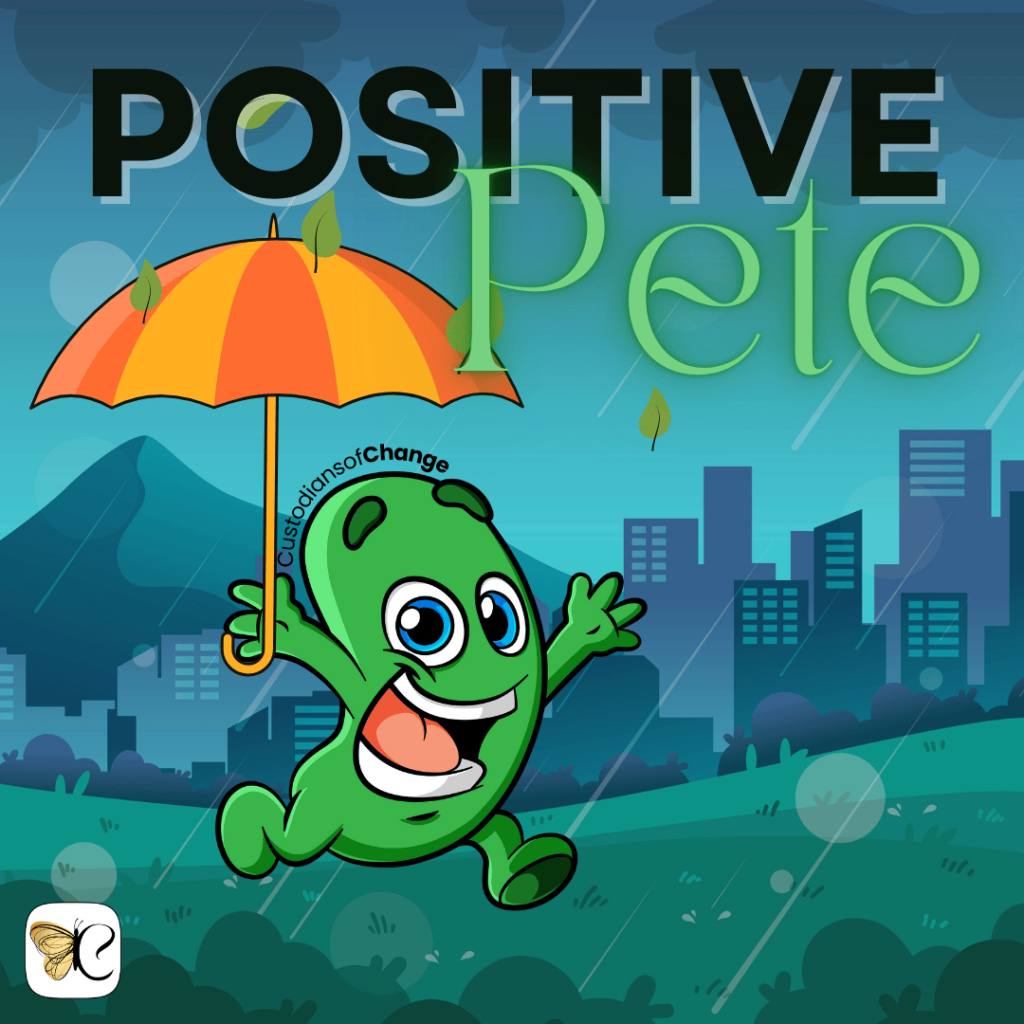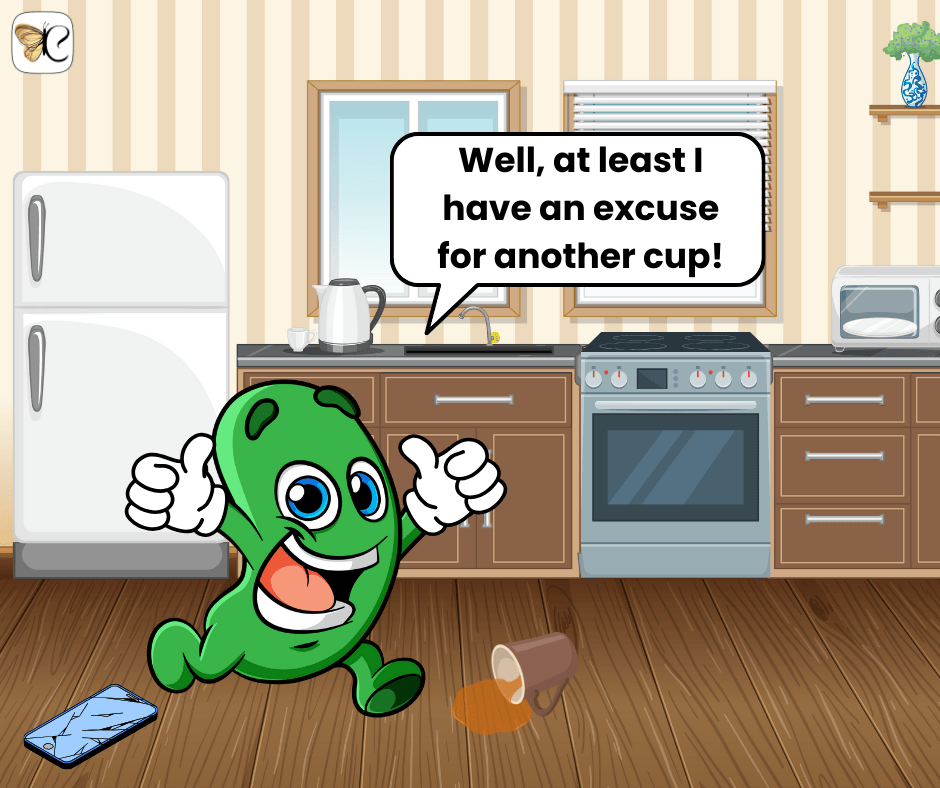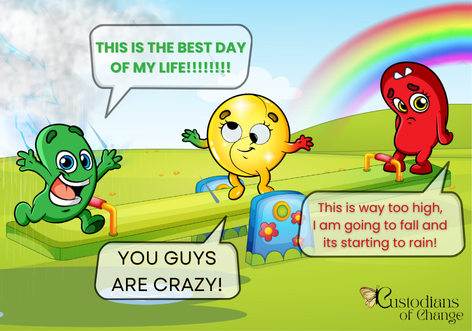Why Balance Beats Blind Optimism –



If you’ve met Positive Pete, you already know he’s the type to find a silver lining even in a thunderstorm—sometimes literally. Whether he’s skipping through puddles with an umbrella or seeing the fun in a kitchen disaster, Pete’s relentless optimism can be both contagious and, let’s be honest, a little overwhelming.
At Custodians of Change, we introduced Pete as the embodiment of positivity, but not perfection. He’s here to spark a smile, shake off a setback, and remind us that a bad moment doesn’t mean a bad day. But we also know—thanks to deep dialogue within our community and leaders like Jodie Sherwin Hill—that relentless positivity isn’t always the healthiest response.
The Problem With Being Too Positive
In real life, not every situation calls for a smile and a thumbs up. In fact, toxic positivity—the belief that we must always stay positive and avoid difficult emotions—can invalidate real feelings and stop us from working through what’s actually going on. As Jodie puts it, “Trust isn’t given—it’s earned over time. If someone’s constantly chirping happy thoughts, it’s fair to be sceptical. What are they not saying?”
Pete represents the inner voice we often crave in hard times—the cheerleader, the loyal friend, the comic relief. But what if that voice drowns out our intuition? What if it tells us to trust someone who hasn’t shown up consistently, or to suppress a very real fear for the sake of appearing ‘strong’?
Why Pete Still Matters
Positive Pete doesn’t have all the answers, and that’s okay. He’s part of the emotional spectrum, not the whole show. When held in balance with characters like Nancy (the realist) and Balance (the sage), Pete becomes powerful—not as a mask, but as a mindset tool. He helps us reframe moments, not ignore them. He dances in the rain not to prove he’s unaffected, but to remind us that joy can coexist with discomfort.
Jodie often talks about emotional leadership as the ability to hold paradox: “You can be cautious and still courageous. You can be hurt and still hopeful.” Pete brings that hope. But he’s not meant to replace the processing, the boundaries, or the real-world consequences of our experiences.
When to Call on Pete (and When Not To)
Call on Pete when:
- You’ve processed the pain and want to find meaning or humour in the aftermath.
- You need a boost to take that next step forward.
- The situation isn’t life-threatening, just frustrating, and you need to shift perspective.
Hold back on Pete when:
- Someone is sharing something vulnerable—listen first.
- You’re in danger or need to set a boundary—prioritise safety, not smiles.
- You’re using positivity to avoid conflict or accountability.

From Cheerleader to Conscious Choice
At Custodians of Change, we believe in emotional agility—the ability to pivot between different states without getting stuck. Pete is a helpful inner companion, but not the whole team. He plays best when Balance leads and Nancy keeps it real.
So next time you see Pete joyfully leaping in the rain or swinging high on life’s metaphorical seesaw, smile with him. But also check in with yourself. Are you ready to feel what’s real first? Because true growth doesn’t come from plastering on positivity. It comes from the courage to be present, even when it’s messy.

